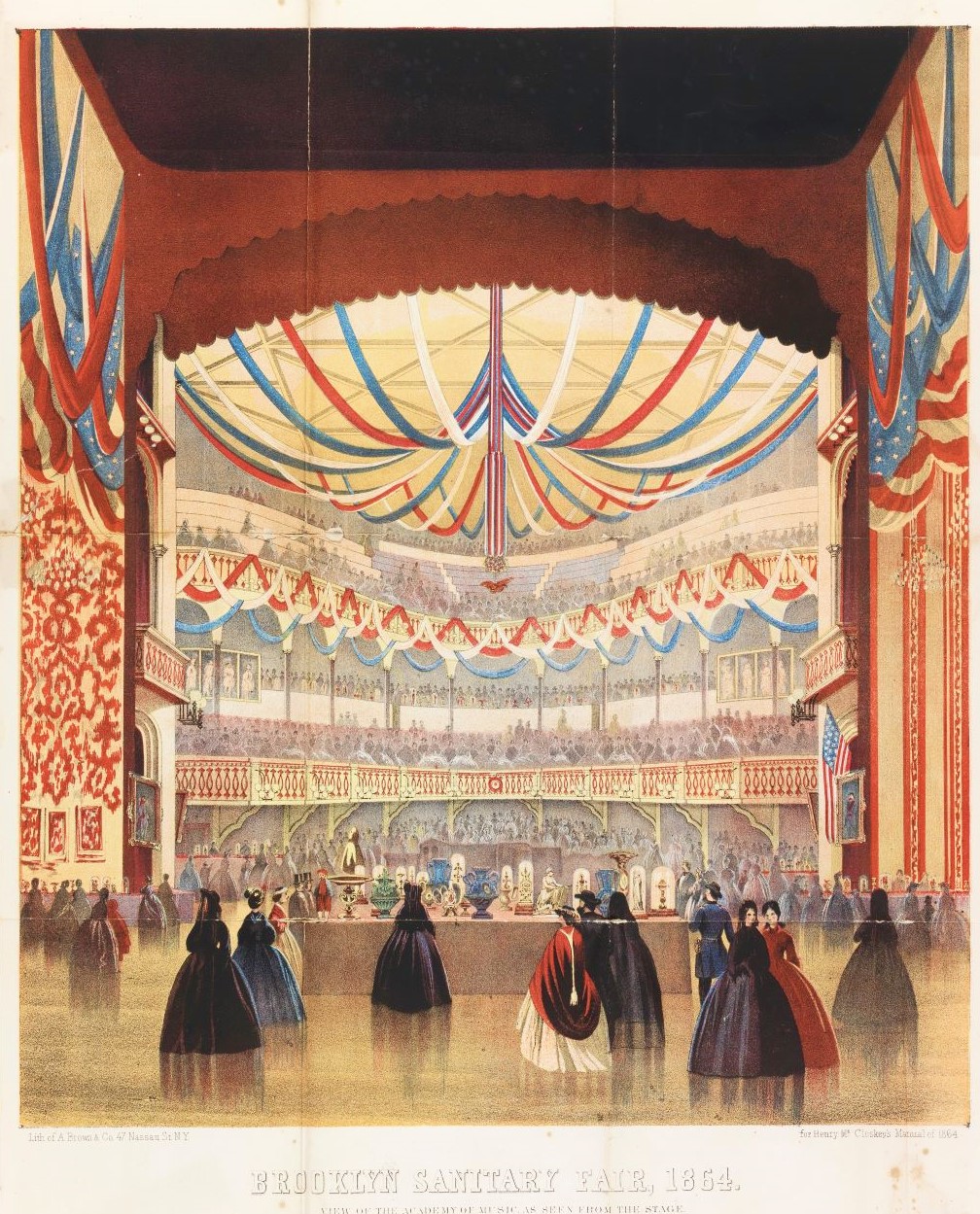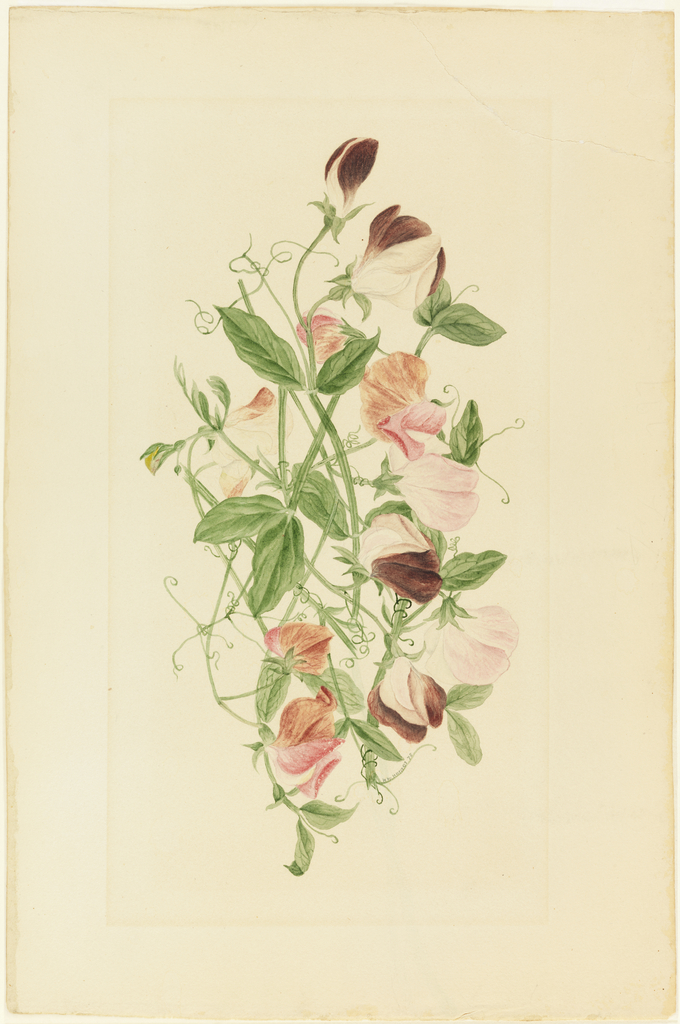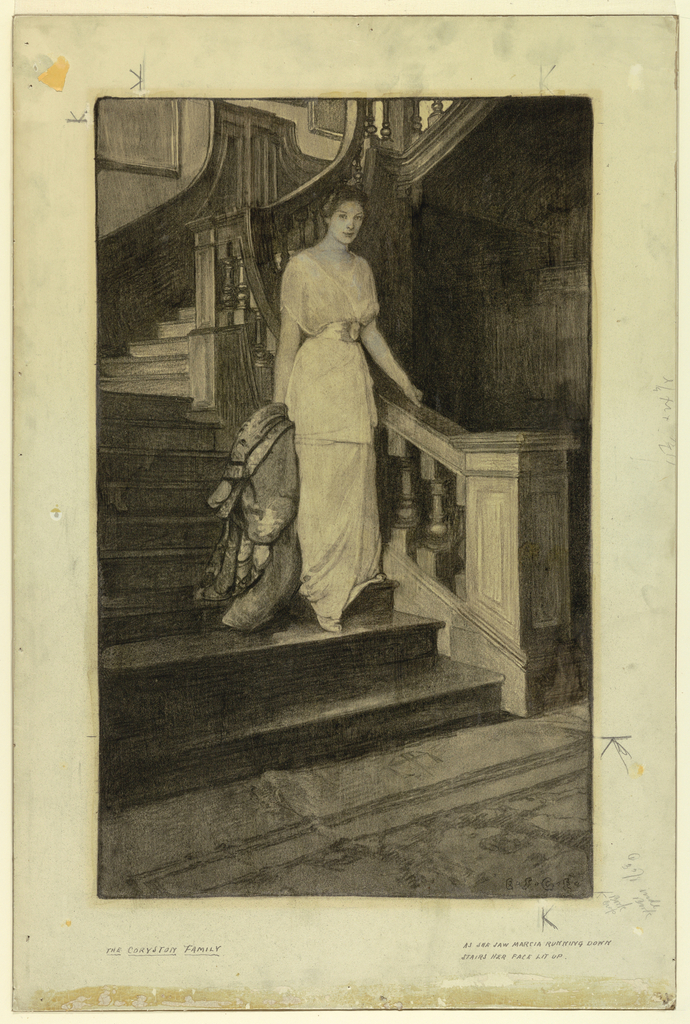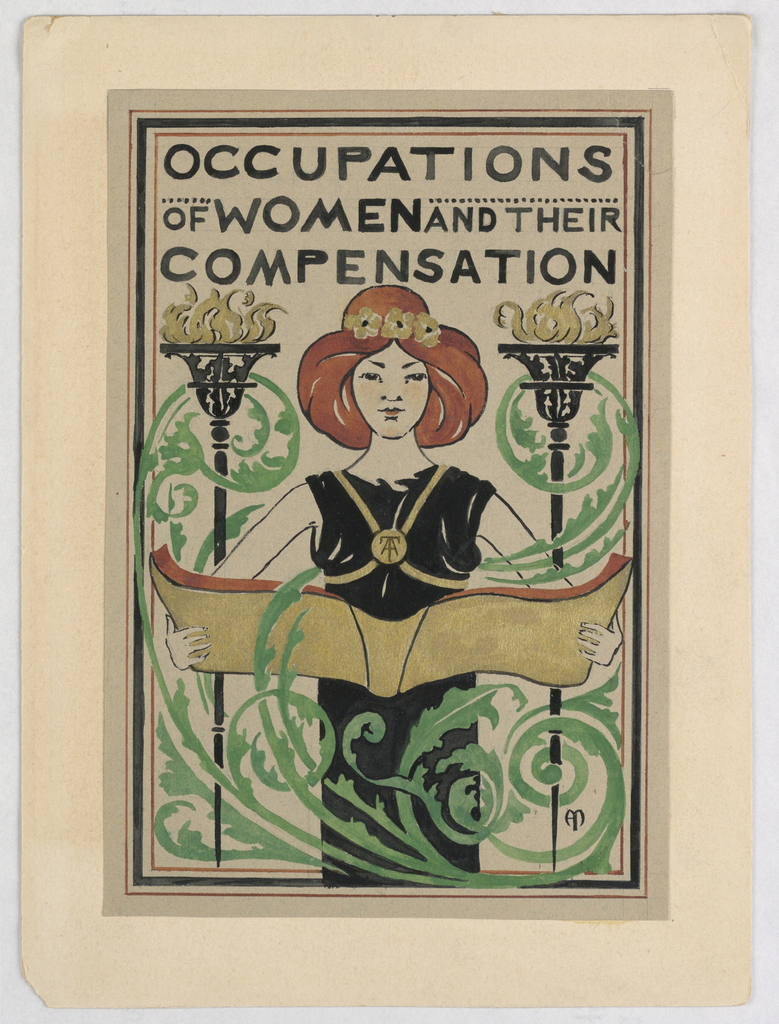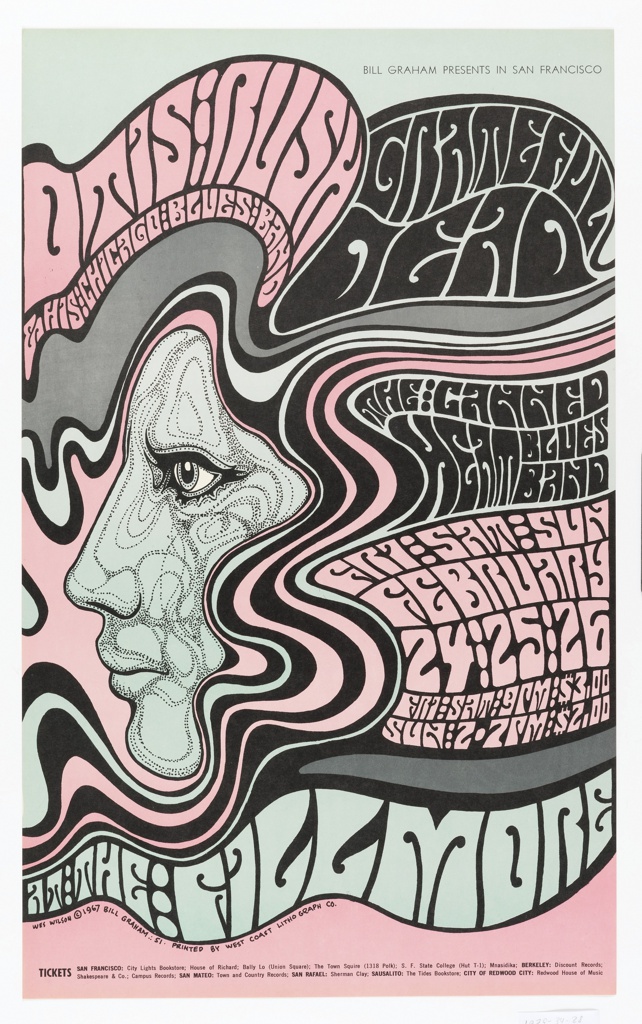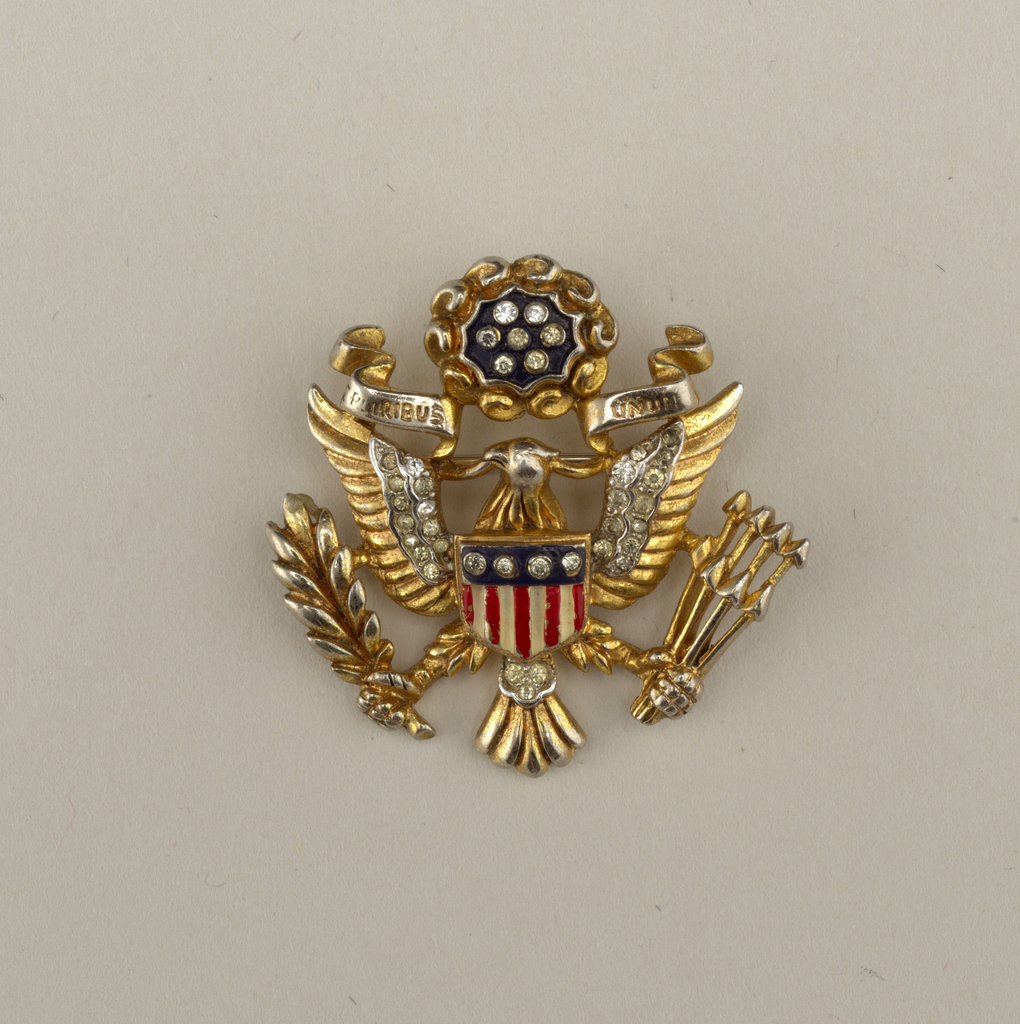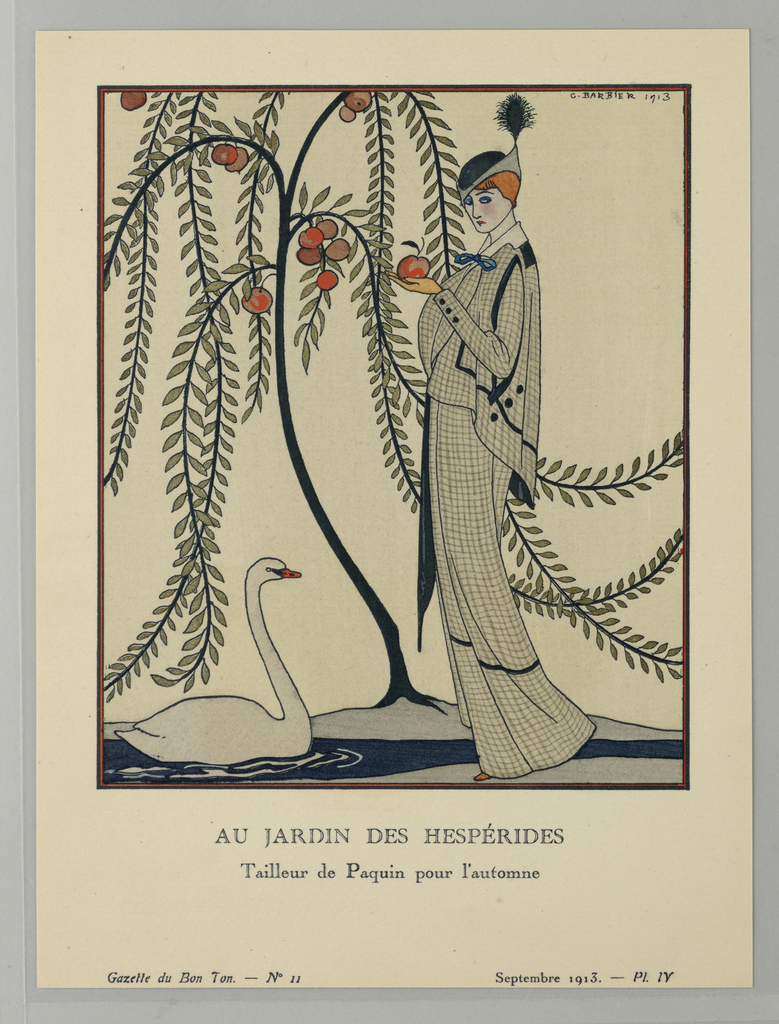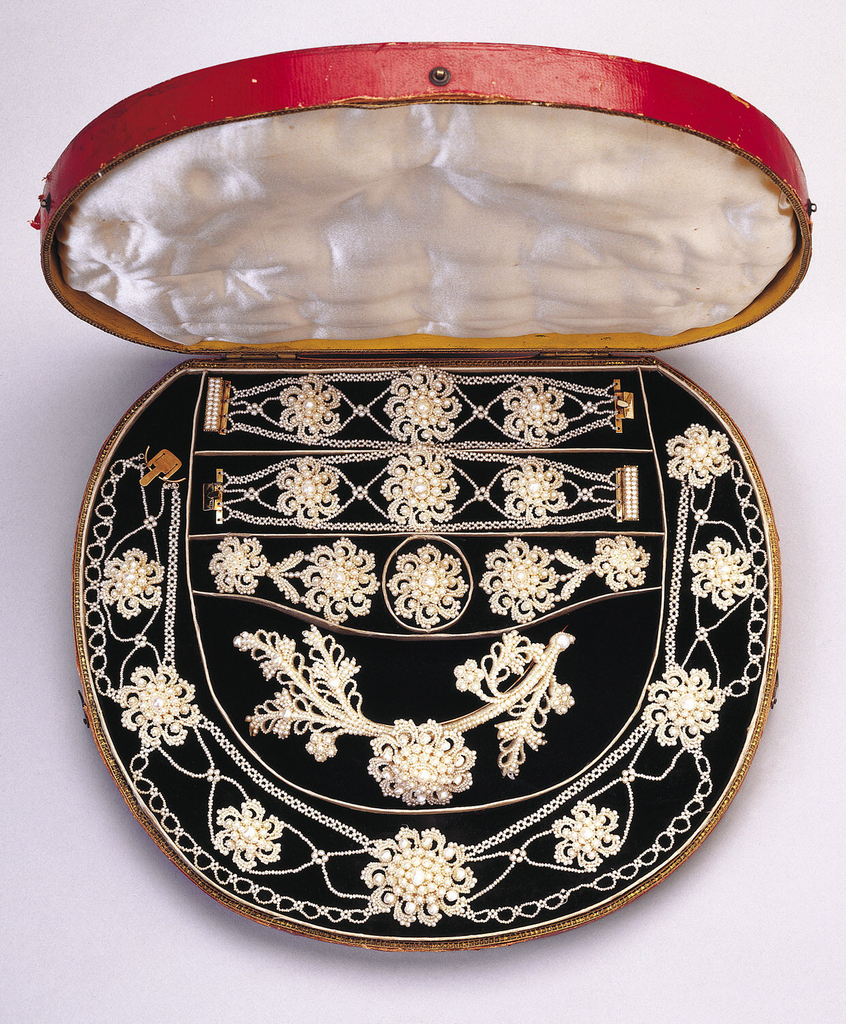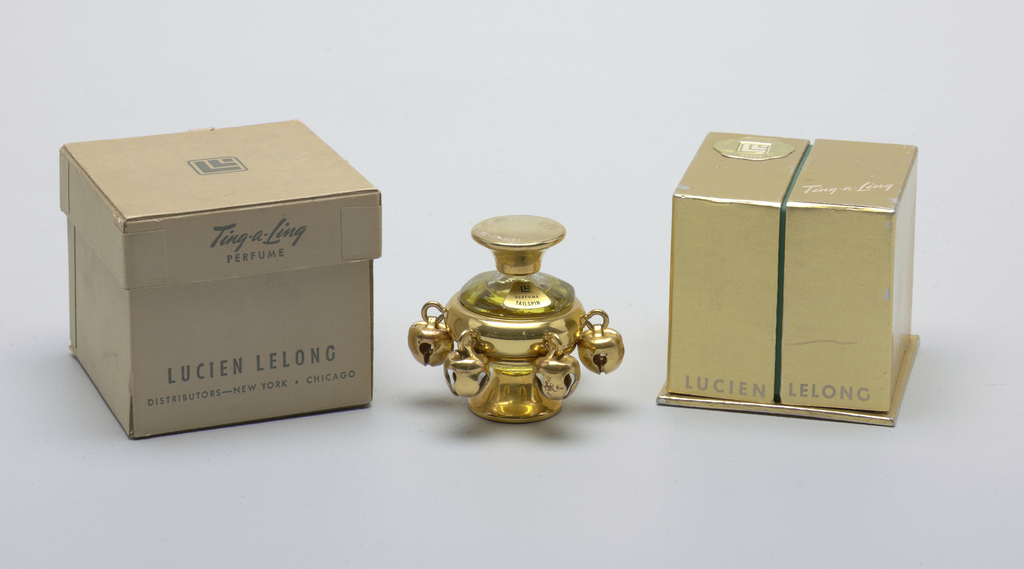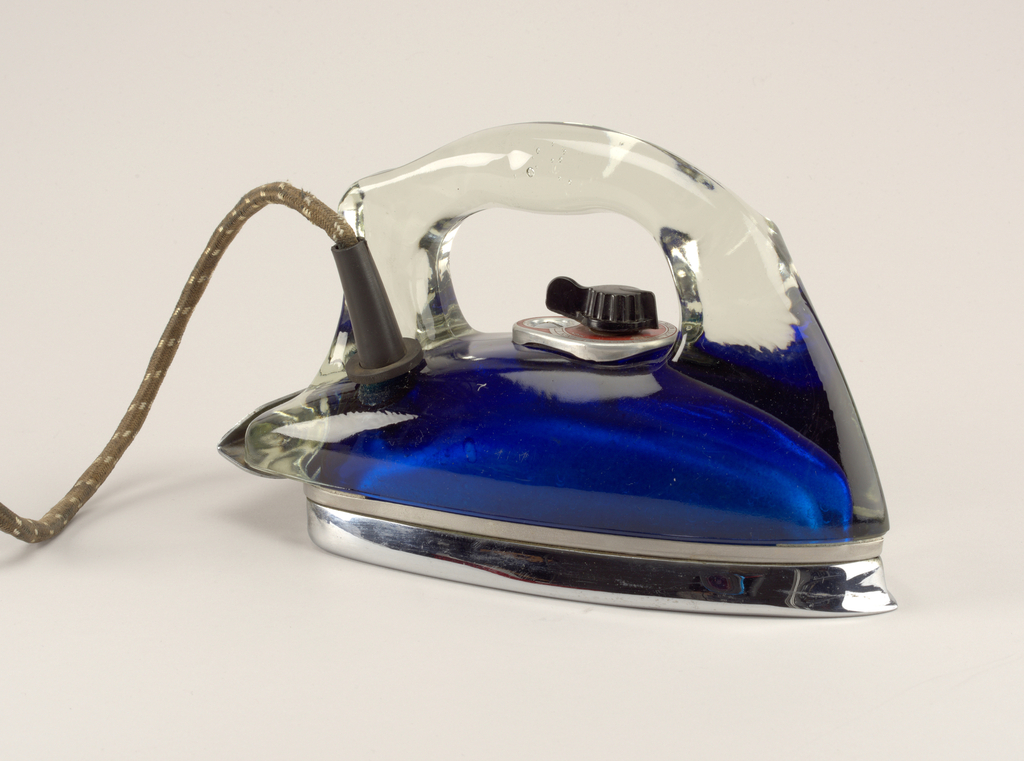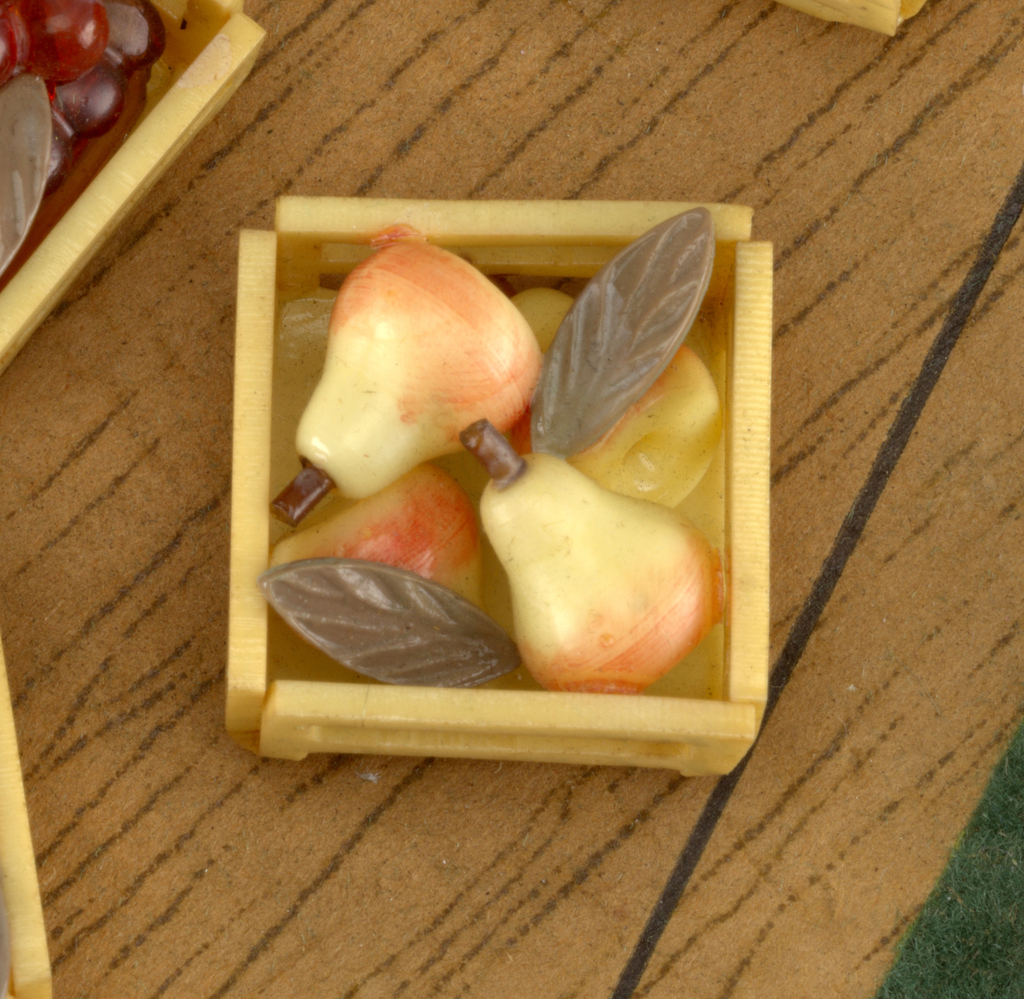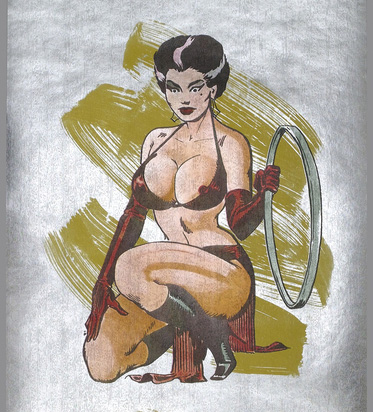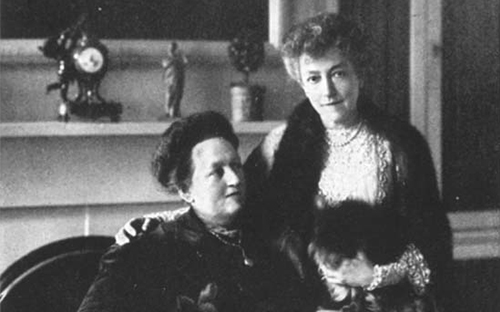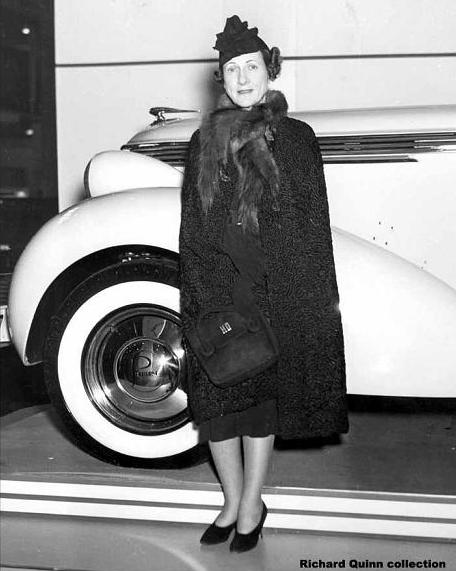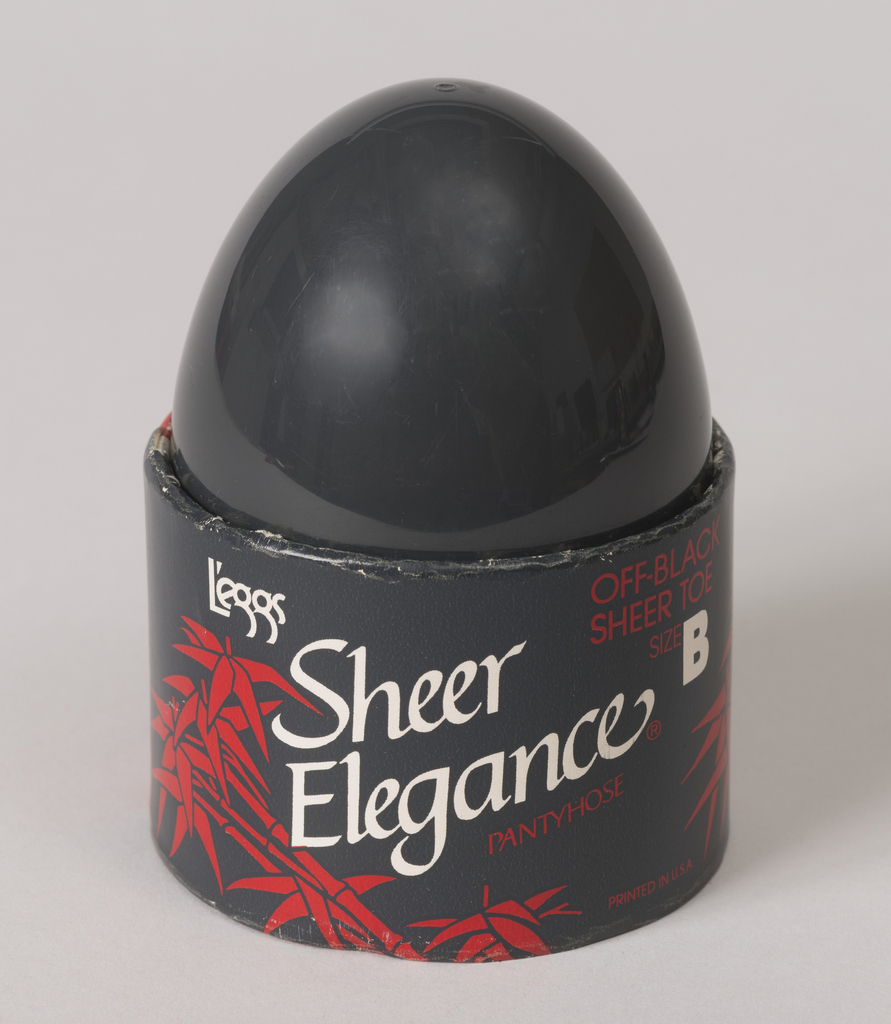Throughout March, Object of the Week celebrates Women’s History Month. Each Monday a new post highlights women designers in the collection. Author: Adrienne Meyer This lithograph is one of four in the Cooper Hewitt Design Library depicting scenes from the Brooklyn and Long Island Sanitary Fair of 1864. These images capture some of the spectacle...
Mrs. Henrietta Maria Benson Homer exhibited Sweet Peas at the Brooklyn Art Association in April 1876, asking the relatively modest sum of $20 for the work.[1] In the same show, her son—Winslow Homer—also exhibited work. Henrietta had taught her son the basics of drawing and painting, and helped to spark his interest in watercolor. After...
In celebration of Women’s History Month, March Object of the Day posts highlight women designers in the collection. In a prolific career spanning six decades, Elizabeth Shippen Green (1871—1954) illustrated more than two dozen books and produced hundreds of illustrations for newspapers and magazines. From 1901 until 1924, she worked under exclusive contract to Harper’s...
The career of Alice Cordelia Morse reflects the changing role of women in art and society in the late 19th century. Morse was able to achieve success in many artistic fields, designing book covers, illustrations, and stained glass, while also experimenting with other decorative media such as china painting and needlework. Although this title-page design was...
A pioneering example of psychedelic design, this work was one of the 56 posters that Wes Wilson produced between 1966 and 1968 for the Fillmore Auditorium in San Francisco. The posters were commissioned by the rock concert promoter Bill Graham, who gave Wilson free rein over his designs until disputes about money severed their connection....
This U.S. insignia brooch by Trifari dates back to 1945, and is made from gilded metal and glass. Wearing a pin designed after the country’s seal was an opportunity for women to express their patriotism, especially in 1945, a time marked by victory in Europe and Japan. This brooch is part of a wider trend...
George Barbier’s Au Jardin des Hespérides (Garden of the Hesperides) appeared in 1913 in Gazette du Bon Ton. Translated as the “Journal for Good Taste,” it was intended for an elite readership concerned with high-society culture and entertainment, as well as the latest developments in fashion and beauty. The publication was led by the publishing...
This set of seed pearl jewelry from the 1830s is referred to as a parure, essentially a matching suite of jewelry comprising interchangle pieces that expand the wearability of the set. A parure has three or more pieces: typically, a necklace, at least one pair of earrings, a brooch, bracelet, and in larger sets, a...
This festive little perfume bottle embodies the creative genius of French couturier Lucien Lelong, active between 1919, when he opened his first couture house, and 1948, the year he retired. Lelong was influential in shaping the world of haute couture throughout much of the twentieth century. Among his contemporaries were Chanel, Worth, Patou, Lanvin and...
To celebrate the opening of Saturated: The Allure and Science of Color (May 11, 2018-January 13, 2019), Object of the Day this month will feature colorful objects from the exhibition. This post was originally published on July 26, 2015. The postwar design era focused largely on improving all aspects of life at home for those who had...
In celebration of The Senses: Design Beyond Vision, this Object of the Day post takes a multisensory approach to an object in Cooper Hewitt’s permanent collection. Jelly candies in the form of fruit? Toys for children? Miniatures? This whimsical and colorful object is actually a button made of celluloid plastic. In an open-topped crate, a...
With Halloween still fresh in everyone’s minds, this paper conjures up a scene reminiscent of “The Bride of Frankenstein.” A metallic silver background greets the eye as the color pallet continues to sparkle and stun the viewer with its combination of blacks, reds, and yellows. Over a single repeat is a depiction of a Femme...
Two years ago, we launched a series of monthly blogs titled “Meet the Hewitts” in order to provide a social history of the Cooper Union Museum and its founders—sisters Sarah and Eleanor Hewitt—from 1859 to Sarah Hewitt’s death in 1930. We are supplementing that history with “Cooper Hewitt Short Stories,” brief observations about prominent figures...
In celebration of Women’s History Month, Cooper Hewitt is dedicating select Object of the Day entries to the work of women designers in our collection. Helen Dryden (1883-1972) was born in Baltimore and studied at the Pennsylvania Academy of the Fine Arts. Her early career was spent as an art teacher, costume designer and fashion...
The plastic shine of the L’eggs egg pantyhose package is instantly recognizable to anybody who browsed grocery, drug, or convenience store shelves during the 1970s and ‘80s. First introduced in 1969, L’eggs brought women’s hosiery out of the specialty shop and to the mass market, providing women with an alternative to the frippery of garters...
